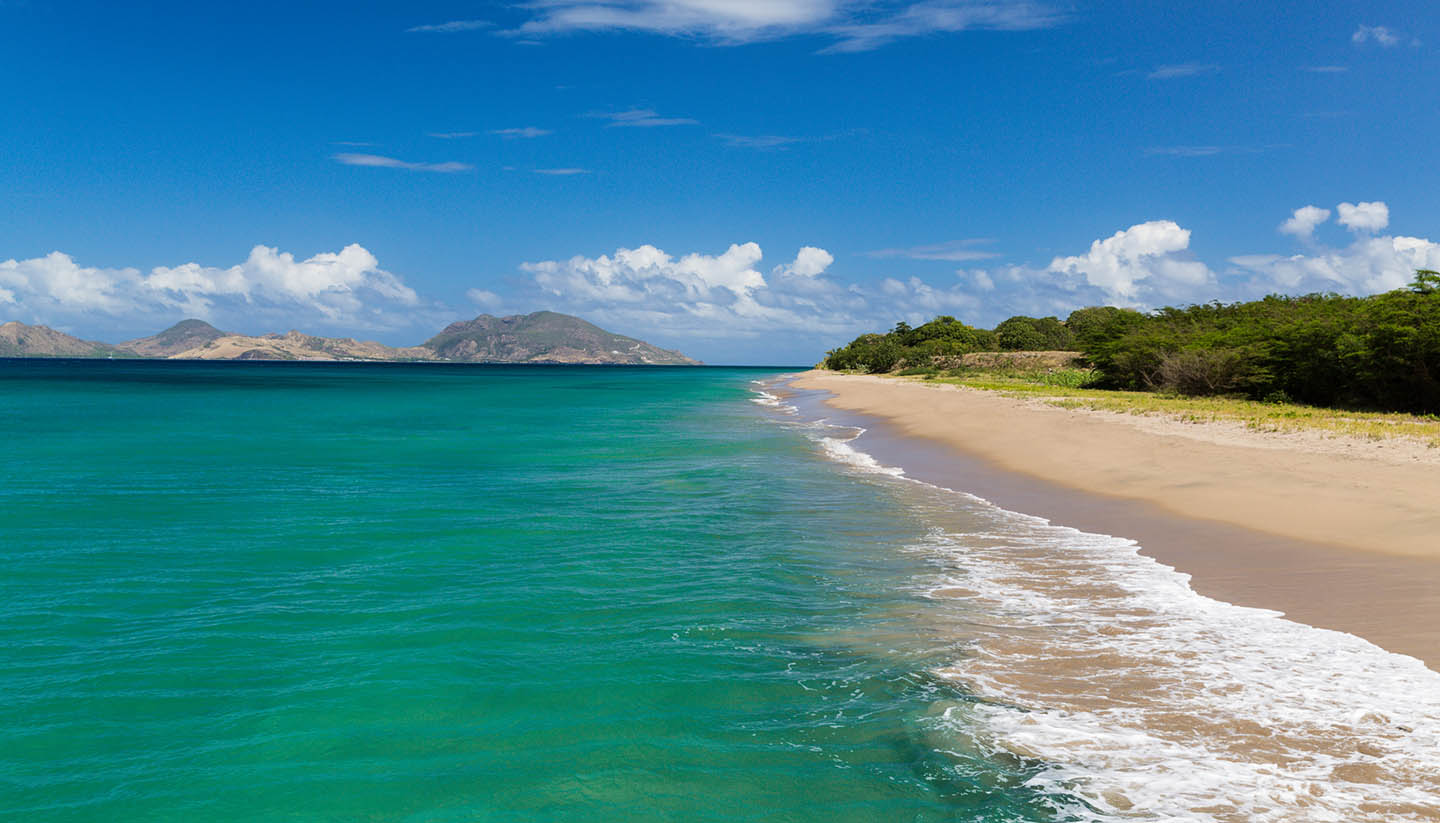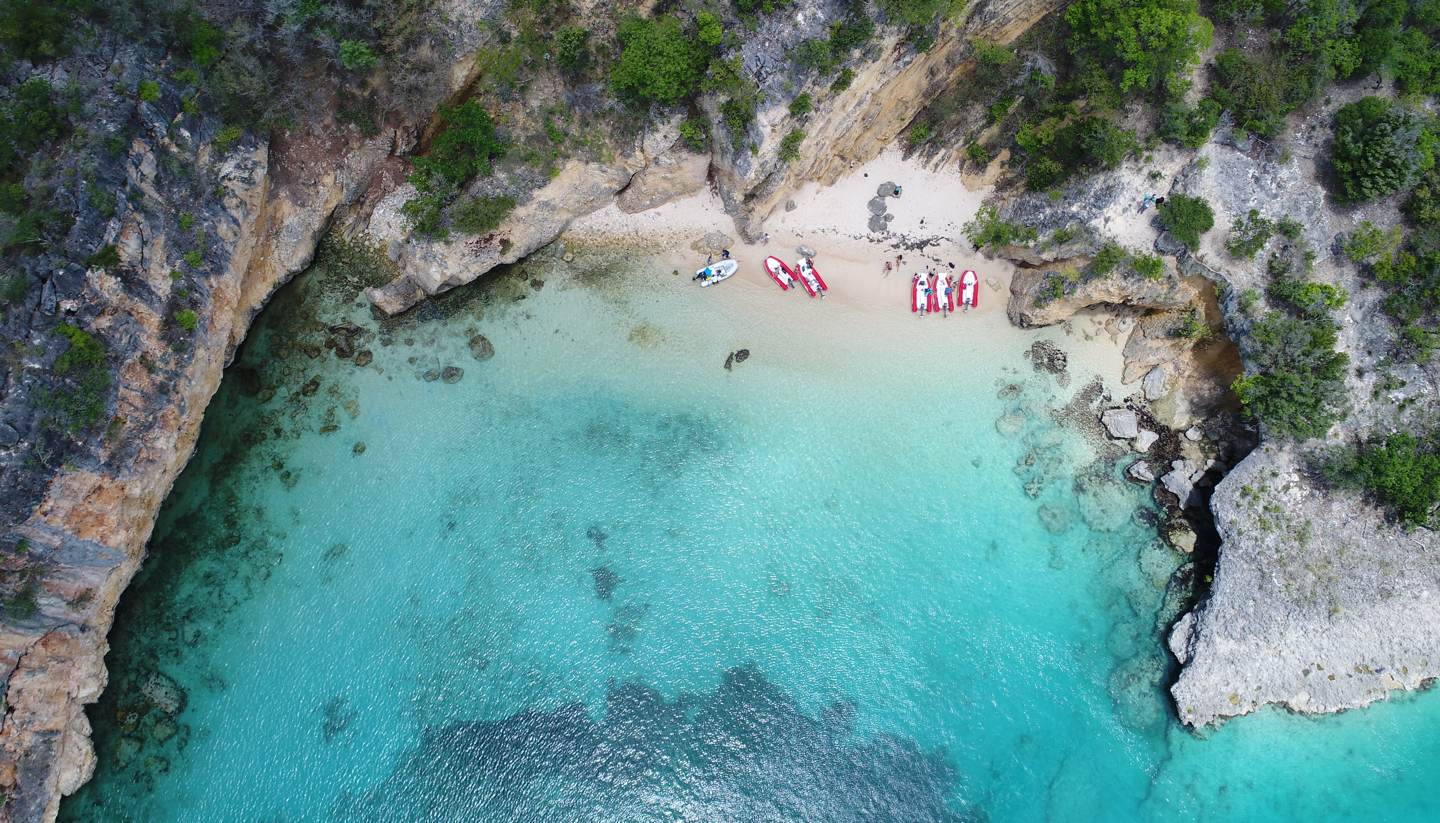St Kitts And Nevis History, Language and Culture
History of St Kitts And Nevis
St Kitts and Nevis were first settled by intrepid Carib Indians, who travelled to the islands from South America. These settlers named the islands Liamuiga (fertile island) and Oualie (land of beautiful waters) and lived here happily until the Europeans arrived.
Christopher Columbus was the first European to sight the islands in 1493, naming them St Kitts and Nevis from the deck of his vessel. Europeans flirted with the islands throughout the following century – using them as little more than a reference point during voyages.
But in 1623, the British, seeking a colony in the Lesser Antilles, landed on St Kitts. They established a port town at Old Road, the first British colony in the Caribbean, where they cultivated tobacco. Relations with the local Carib population, at that point, were affable.
Two years later a bruised French fleet – fresh from a battle with the Spanish navy – limped into St Kitts. Feeling sorry for them, the British allowed their fellow Europeans to settle on the island, making St Kitts the first French colony in the Caribbean.
The influx of foreigners bred hostility amongst the Caribs, who planned a raid on European settlements. However, the plan was foiled by the colonialists, who launched a pre-emptive attack, wiping out most of the indigenous population in a bloody event known as the Kalinago Genocide of 1626. The remaining Caribs were deported.
The UK, France and, to a lesser extent, Spain then began squabbling over the islands. During the 18th century, the mood got serious. The British built the imposing Brimstone Hill fort to defend the islands from the French, who invaded Nevis in 1706, leaving its sugar industry in tatters.
In 1824, Britain placed the nearby island of Anguilla under the administrative control of St Kitts and Nevis. At this point, the islands’ sugar industry, built largely on slave labour, was thriving once again and continued to prosper after Britain abolished slavery in 1834.
In 1980 the strained three-island state of St Kitts, Nevis and Anguilla eventually broke down when Anguilla, seeking independence from its neighbours, secede from St Kitts and Nevis to become a British overseas territory.
Three years later, in 1983, St Kitts and Nevis gained independence from the UK. Since then, the dominant issues for the nation have been the mothballing of the sugar industry and the relationship between the two islands – a 1998 referendum on independence was approved by 62% of Nevis voters, falling just short of the two-thirds majority needed to triggered secession from St. Kitts.
Did you know?
• At the turn of the 18th century, St. Kitts was the richest British colony per capita in the Caribbean, due largely to the sugar trade.
• Sugar production in St. Kitts and Nevis lasted 365 years before ending in 2005.
• Were Nevis to gain independence from St Kitts, it would be the world's smallest sovereign state after the Vatican.
St Kitts And Nevis Culture
Religion in St Kitts And Nevis
Anglican and other Christian denominations.
Social Conventions in St Kitts And Nevis
All visitors to the islands are cordially welcomed; marriages are valid after two days' residence. Islanders maintain traditions of calypso dancing and music and this can be seen particularly during the summer months. Dress is informal at most hotels. Beach attire is not appropriate for around town, in shops or in restaurants. Nudity is not permitted on any beach. For more formal occasions and functions, a lightweight suit and tie is recommended. It is illegal to dress in camouflaged clothing. Homosexuality is illegal.
Language in St Kitts And Nevis
The official language is English.



